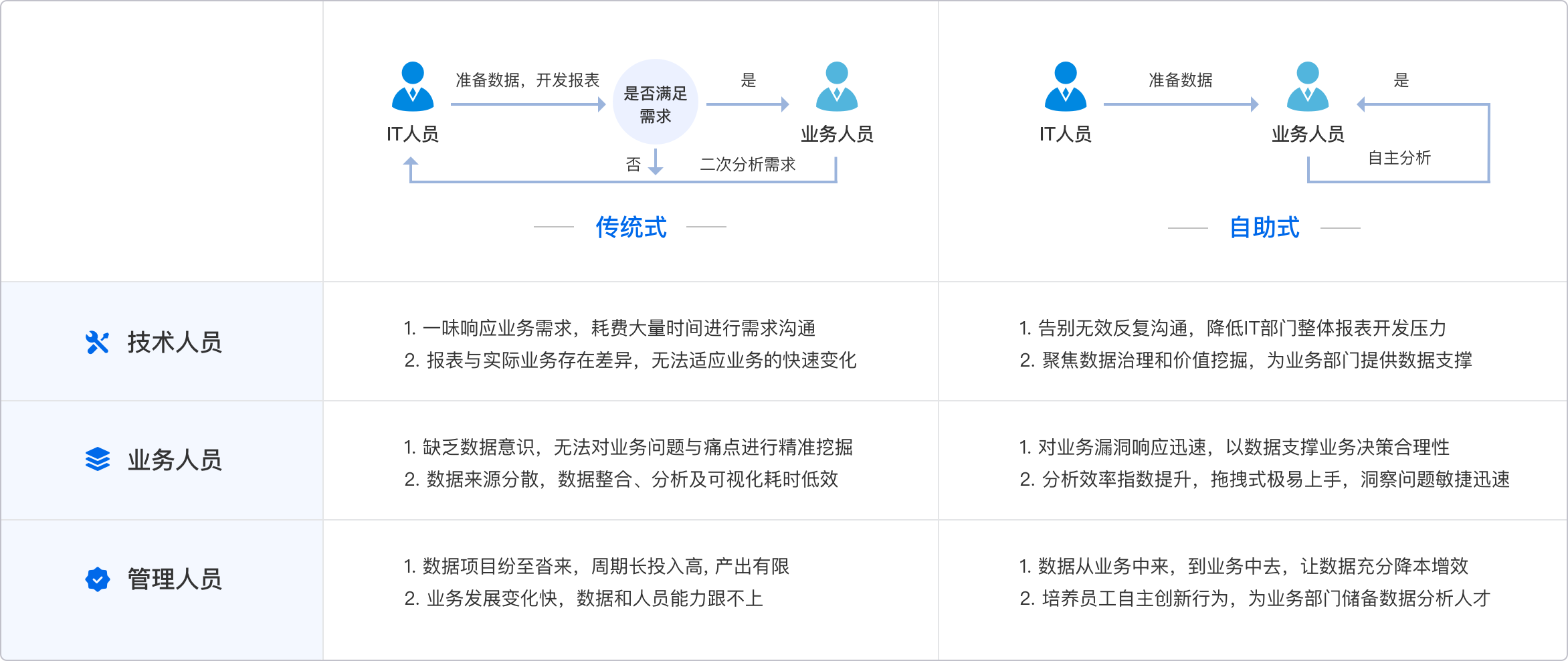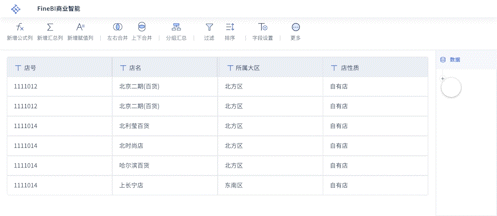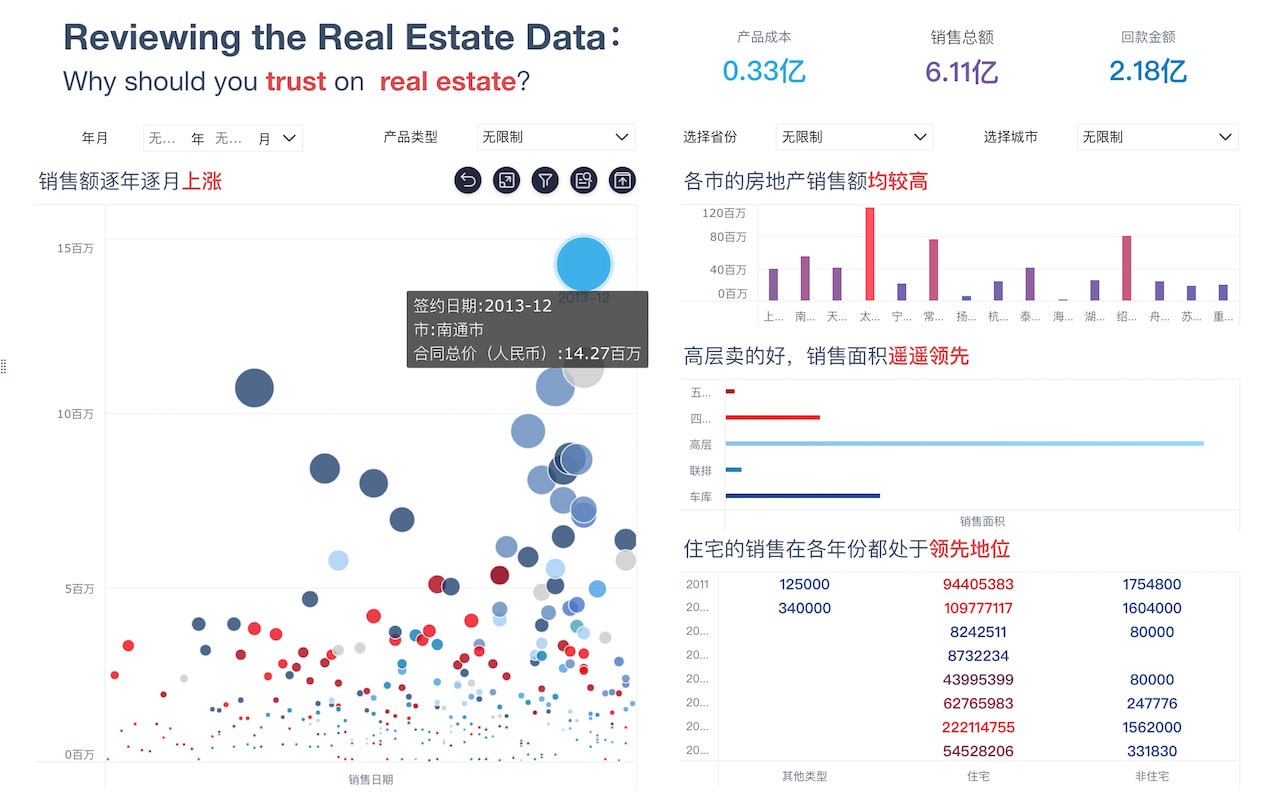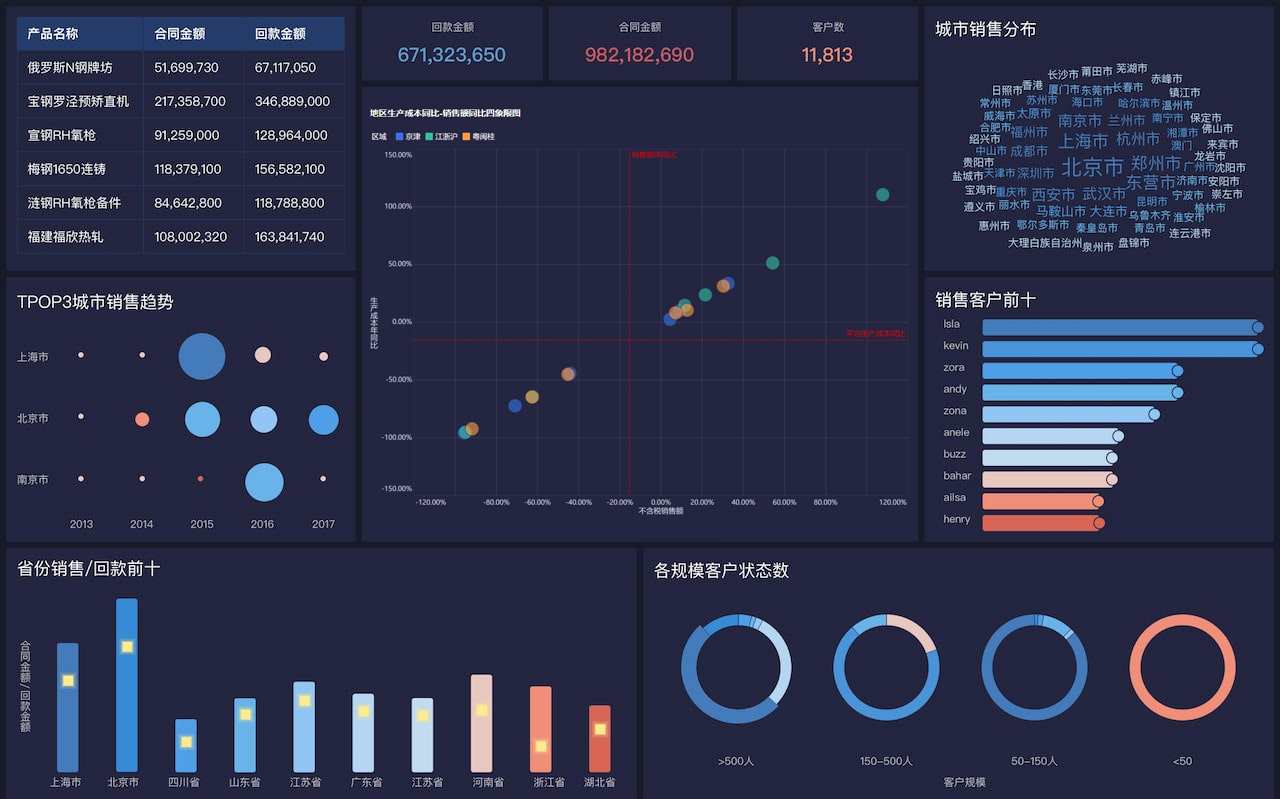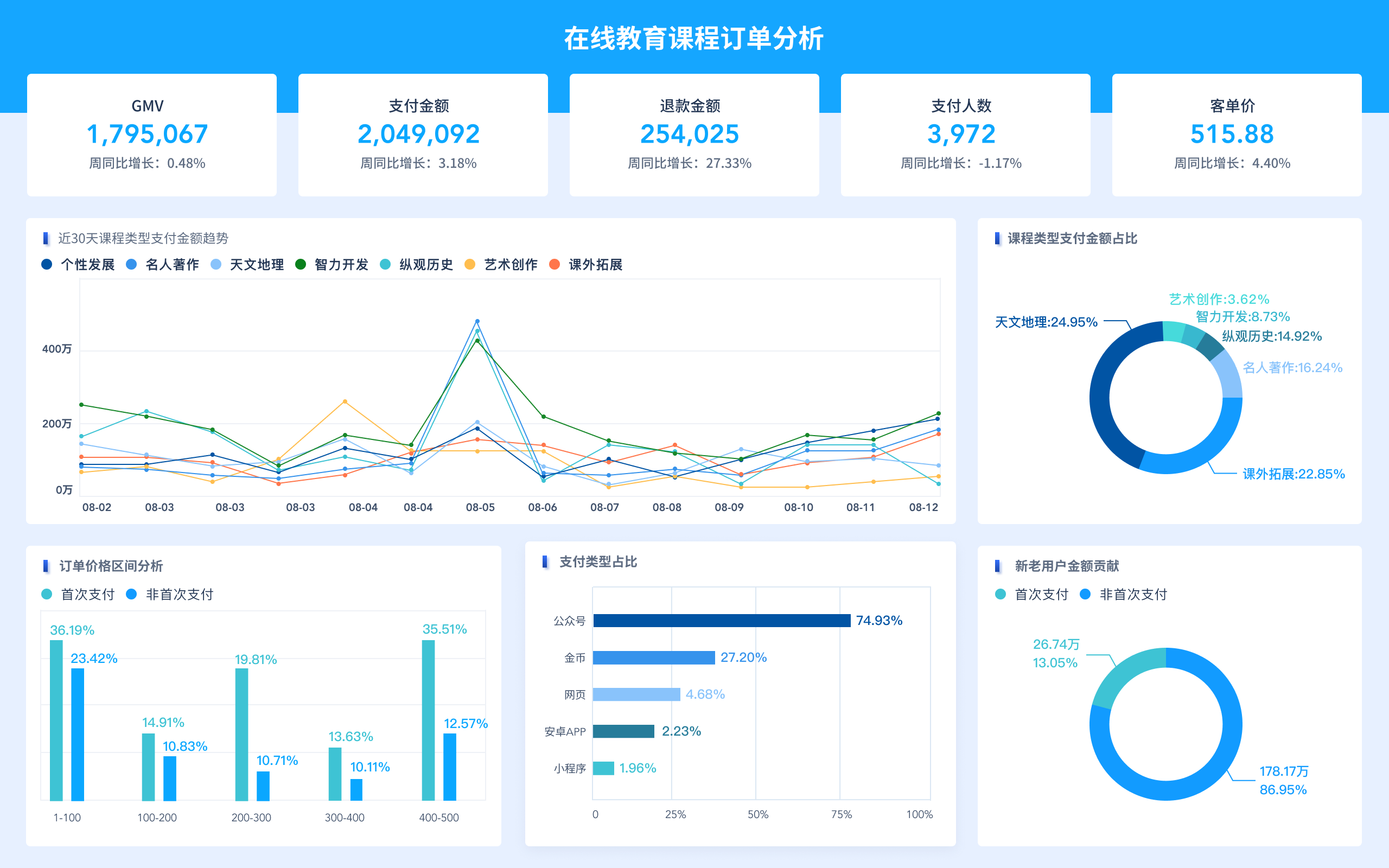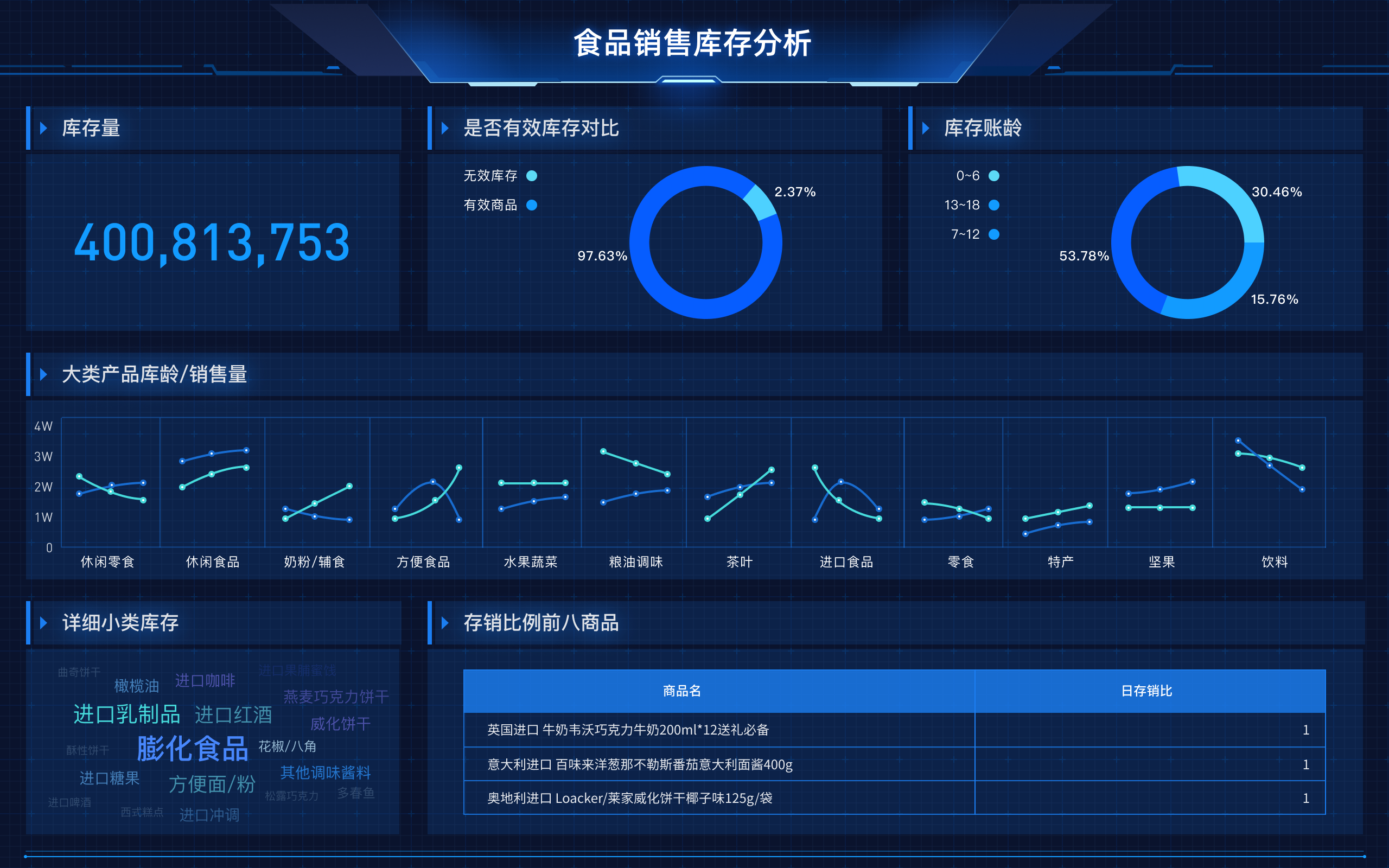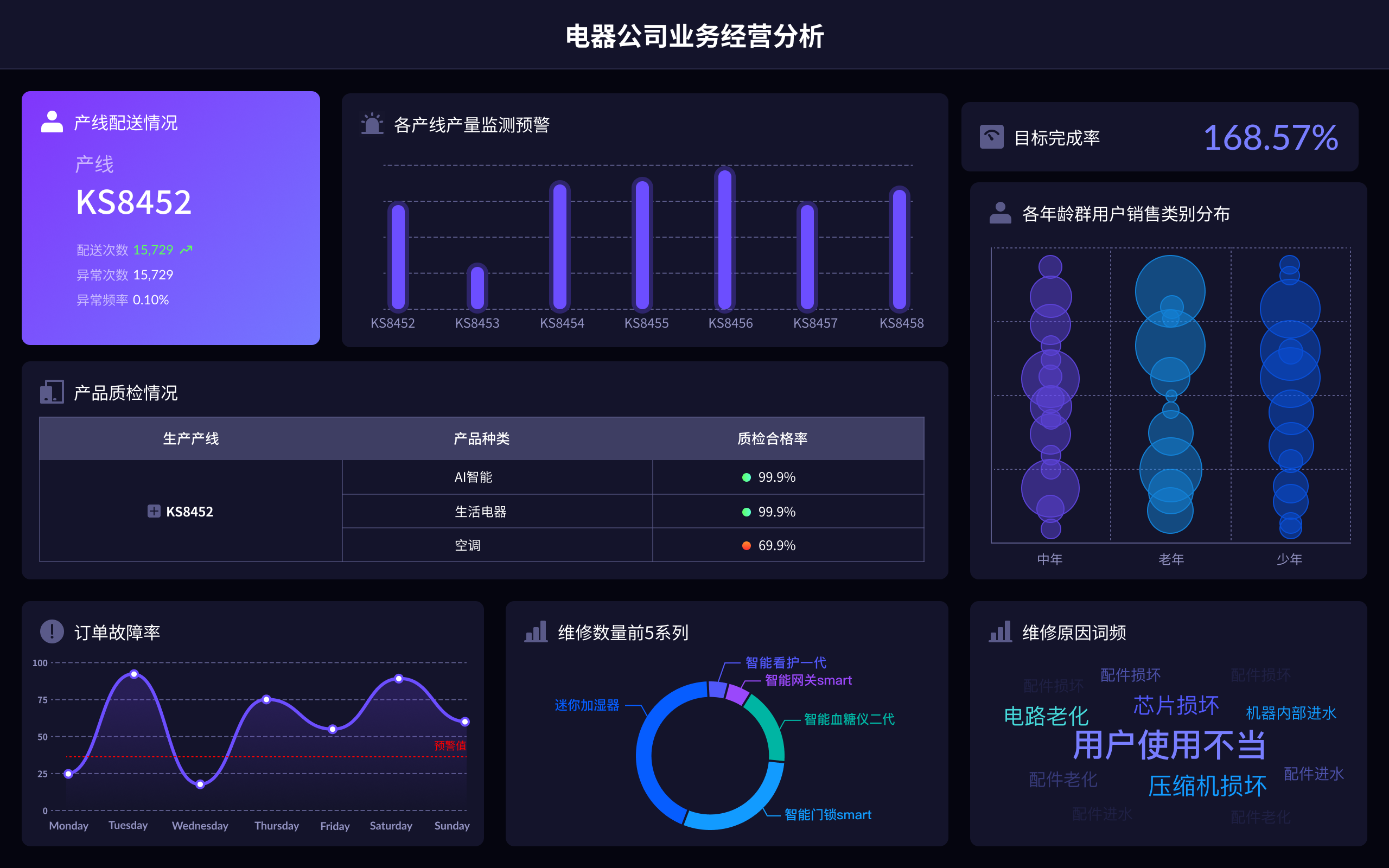
在大数据交易所的发展现状方面,目前主要有以下几个核心观点:市场需求旺盛、数据资源丰富、技术支持强大、政策支持力度加大。市场需求旺盛是大数据交易所发展的主要驱动力,随着数据在各行各业中应用的深入,数据的交易需求不断增加,尤其在金融、零售、医疗等领域。以市场需求旺盛为例,企业在数字化转型过程中,迫切需要高质量的数据来优化业务流程和提升决策质量,这使得数据交易市场快速增长。数据资源的丰富性和多样性进一步推动了大数据交易所的发展,提供了更广泛的交易品类和更高的交易价值。此外,技术的进步,如大数据处理技术、区块链技术等,为大数据交易提供了强有力的技术支持,确保数据交易的安全性和高效性。政策方面,多个国家和地区出台了支持大数据产业发展的政策措施,进一步促进了大数据交易所的建设和发展。
一、市场需求旺盛
随着数字经济的快速发展,各行各业对数据的需求日益增加。企业希望通过数据分析优化业务流程、提升决策质量,从而获得竞争优势。特别是在金融、零售、医疗等领域,数据分析和数据驱动的决策变得尤为重要。金融行业利用大数据进行风险管理、精准营销和客户画像,零售行业通过数据分析优化供应链管理和客户服务,医疗行业则通过数据共享和分析提高诊断准确性和医疗服务水平。这些需求推动了大数据交易市场的快速增长。
-
金融行业的需求:金融行业一直是大数据应用的先锋。大数据在风控、营销、客户管理等方面的广泛应用,使得金融企业对数据的需求持续增加。通过大数据分析,金融机构可以更好地识别风险、进行精准营销和客户画像,提升业务效率和客户满意度。
-
零售行业的需求:零售行业通过大数据分析优化供应链管理、库存管理和客户服务,从而提高运营效率和客户满意度。例如,通过分析销售数据和客户行为数据,零售商可以更准确地预测需求、制定促销策略和优化库存管理,减少库存积压和商品缺货现象。
-
医疗行业的需求:医疗行业对数据的需求主要集中在诊断、治疗和医疗服务管理等方面。通过大数据分析,医疗机构可以提高诊断准确性、优化治疗方案和提升医疗服务水平。此外,医疗数据的共享和分析还可以推动医学研究和公共卫生管理的发展。
二、数据资源丰富
大数据交易所之所以能够蓬勃发展,离不开数据资源的丰富性和多样性。随着互联网、物联网、社交媒体等技术的发展,数据的产生速度和规模呈现爆炸式增长。大数据交易所通过收集、整理和分析各种数据资源,为数据交易提供了丰富的品类和高价值的数据产品。
-
互联网数据:互联网是数据产生的重要来源。通过对互联网用户行为数据、社交媒体数据、搜索引擎数据等的收集和分析,可以获得大量有价值的信息。这些数据可以用于市场研究、广告投放、用户画像等多个领域。
-
物联网数据:物联网技术的发展使得各类设备和传感器能够实时采集和传输数据。通过对物联网数据的分析,可以实现设备监控、故障预测、智能制造等应用。例如,在智能家居领域,通过对智能设备的数据分析,可以优化能源管理、提升用户体验。
-
行业数据:各行各业在运营过程中会产生大量数据。通过对行业数据的收集和分析,可以为数据交易所提供丰富的交易品类和高价值的数据产品。例如,金融行业的交易数据、零售行业的销售数据、医疗行业的诊疗数据等,都是数据交易的重要资源。
三、技术支持强大
大数据交易所的发展离不开技术的支持。大数据处理技术、区块链技术等为大数据交易提供了强有力的技术保障,确保数据交易的安全性和高效性。
-
大数据处理技术:大数据处理技术的进步,使得海量数据的存储、处理和分析变得更加高效。例如,Hadoop、Spark等大数据处理框架,可以实现对海量数据的快速存储和处理,满足大数据交易所对数据处理的高要求。此外,数据挖掘、机器学习等技术的应用,可以从海量数据中挖掘出有价值的信息,提高数据交易的附加值。
-
区块链技术:区块链技术在大数据交易中的应用,可以提高数据交易的安全性和透明性。通过区块链技术,可以实现数据交易的去中心化和不可篡改,确保数据交易的真实性和可信度。例如,通过智能合约技术,可以实现数据交易的自动化执行和结算,提高交易效率。
-
隐私保护技术:隐私保护是大数据交易中的重要问题。通过隐私保护技术,可以在确保数据隐私的前提下,实现数据的共享和交易。例如,差分隐私、多方安全计算等技术,可以在保护数据隐私的同时,实现数据的有效利用。
四、政策支持力度加大
多个国家和地区出台了支持大数据产业发展的政策措施,进一步促进了大数据交易所的建设和发展。这些政策措施包括数据开放政策、数据交易监管政策、数据隐私保护政策等,为大数据交易所的发展提供了良好的政策环境。
-
数据开放政策:政府部门通过数据开放政策,推动公共数据的开放和共享,为大数据交易提供了丰富的数据资源。例如,政府部门可以开放交通、环境、气象等公共数据,供企业和个人进行数据分析和利用,推动大数据产业的发展。
-
数据交易监管政策:为了规范数据交易市场的发展,多个国家和地区出台了数据交易监管政策。通过制定数据交易的法律法规和监管措施,可以规范数据交易的行为,保护数据交易双方的合法权益,促进数据交易市场的健康发展。例如,制定数据交易合同范本、数据交易平台监管制度等,可以提高数据交易的透明度和公正性。
-
数据隐私保护政策:数据隐私保护是大数据交易中的重要问题。多个国家和地区通过制定数据隐私保护政策,保护数据隐私权,确保数据交易的合法性和合规性。例如,欧盟的《通用数据保护条例》(GDPR)、中国的《网络安全法》等法律法规,对数据隐私保护提出了明确的要求,为大数据交易提供了法律保障。
五、FineBI在大数据交易所中的应用
FineBI是一个强大的商业智能工具,在大数据交易所中有着广泛的应用。FineBI提供的数据可视化、数据分析和数据挖掘功能,可以帮助企业更好地利用数据资源,提升数据交易的价值。FineBI通过其强大的数据处理能力和灵活的可视化功能,使得大数据交易所的数据分析和展示变得更加直观和高效。
-
数据可视化:FineBI提供了丰富的数据可视化工具,可以将复杂的数据转换为直观的图表和报表。通过FineBI的数据可视化功能,企业可以快速了解数据的分布和趋势,发现数据中的规律和异常,提高数据分析的效率。例如,企业可以通过FineBI的仪表盘功能,实时监控数据交易的情况,及时发现和处理问题。
-
数据分析:FineBI提供了强大的数据分析功能,可以对海量数据进行深入分析,挖掘出有价值的信息。通过FineBI的数据分析功能,企业可以对数据进行多维度分析和挖掘,发现数据中的潜在关系和规律,提高数据利用的价值。例如,企业可以通过FineBI的OLAP分析功能,对数据进行多维度切片和钻取,深入了解数据的细节和变化。
-
数据挖掘:FineBI支持多种数据挖掘算法,可以对数据进行分类、聚类、关联分析等多种挖掘操作。通过FineBI的数据挖掘功能,企业可以从海量数据中挖掘出有价值的模式和规则,支持业务决策和优化。例如,企业可以通过FineBI的关联分析功能,发现数据中的关联关系,优化业务流程和决策策略。
总的来说,大数据交易所的发展现状呈现出市场需求旺盛、数据资源丰富、技术支持强大、政策支持力度加大的特点。FineBI作为一个强大的商业智能工具,在大数据交易所中有着广泛的应用,可以帮助企业更好地利用数据资源,提升数据交易的价值。未来,随着大数据技术的不断进步和数据交易市场的进一步发展,大数据交易所将迎来更加广阔的发展前景。
官网: https://s.fanruan.com/f459r;
相关问答FAQs:
FAQs about Writing a Research Paper on the Current Development of Big Data Exchanges
Q: What are the key components of a research paper on the current development of big data exchanges?
A research paper on the current development of big data exchanges typically includes several key components:
-
Introduction: Begin with an overview of big data exchanges, their importance, and their role in the digital economy. Introduce the significance of studying their current development.
-
Literature Review: Review existing literature on big data exchanges. Discuss previous research, theories, and findings related to their development, challenges, and impact on various industries.
-
Methodology: Describe the methodology used to gather and analyze data for your paper. This could include qualitative methods (interviews, case studies) or quantitative methods (statistical analysis, data mining).
-
Findings: Present your findings regarding the current status and trends in big data exchanges. Discuss any significant developments, emerging technologies, regulatory issues, or market dynamics.
-
Discussion: Analyze and interpret your findings in the context of existing literature. Explore implications for businesses, policymakers, and researchers. Discuss limitations and suggest areas for future research.
-
Conclusion: Summarize the main findings of your paper. Highlight the key takeaways regarding the current development of big data exchanges and their implications.
-
References: Provide a list of all sources cited in your paper following a consistent citation style (e.g., APA, MLA).
Q: What are some current trends and challenges in the development of big data exchanges?
In recent years, several trends and challenges have shaped the development of big data exchanges:
-
Data Privacy and Security Concerns: With the increasing volume and sensitivity of data exchanged, ensuring robust privacy protections and cybersecurity measures has become crucial.
-
Integration of AI and Machine Learning: AI and machine learning are being integrated into big data exchanges to automate data processing, improve decision-making, and enhance predictive analytics capabilities.
-
Regulatory Landscape: Governments are enacting regulations (e.g., GDPR in Europe, CCPA in California) that impact how data can be exchanged, stored, and utilized, influencing the operational frameworks of big data exchanges.
-
Emergence of Blockchain Technology: Blockchain is being explored to enhance transparency, security, and trust in data exchanges, particularly in industries like finance and healthcare.
-
Industry-Specific Applications: Big data exchanges are increasingly catering to specific industries such as healthcare (for medical records), finance (for trading data), and retail (for consumer behavior insights).
-
Data Monetization: Companies are exploring new ways to monetize their data assets through exchanges, creating new revenue streams and business models.
Q: How can I structure the discussion on the impact of big data exchanges in different industries?
When discussing the impact of big data exchanges across various industries in your research paper, consider structuring your discussion as follows:
-
Overview of Industry-Specific Challenges: Begin by outlining the unique challenges each industry faces regarding data exchange and management.
-
Case Studies and Examples: Provide case studies or examples of how big data exchanges have been implemented in each industry. Highlight successful implementations, challenges faced, and outcomes achieved.
-
Benefits and Opportunities: Discuss the specific benefits and opportunities that big data exchanges offer to each industry. This could include improved decision-making, operational efficiencies, cost reductions, and innovation.
-
Regulatory Considerations: Analyze how industry-specific regulations (e.g., HIPAA in healthcare, MiFID II in finance) impact data exchanges and what compliance measures are necessary.
-
Future Trends: Explore emerging trends and future directions for big data exchanges within each industry. Consider the potential for technological advancements, regulatory changes, and market demands.
-
Comparative Analysis: Compare and contrast the impact of big data exchanges across different industries. Identify common themes, challenges, and best practices that can be applied universally.
By structuring your discussion in this manner, you can provide a comprehensive analysis of how big data exchanges are transforming various industries and the implications for stakeholders involved.
本文内容通过AI工具匹配关键字智能整合而成,仅供参考,帆软不对内容的真实、准确或完整作任何形式的承诺。具体产品功能请以帆软官方帮助文档为准,或联系您的对接销售进行咨询。如有其他问题,您可以通过联系blog@fanruan.com进行反馈,帆软收到您的反馈后将及时答复和处理。


